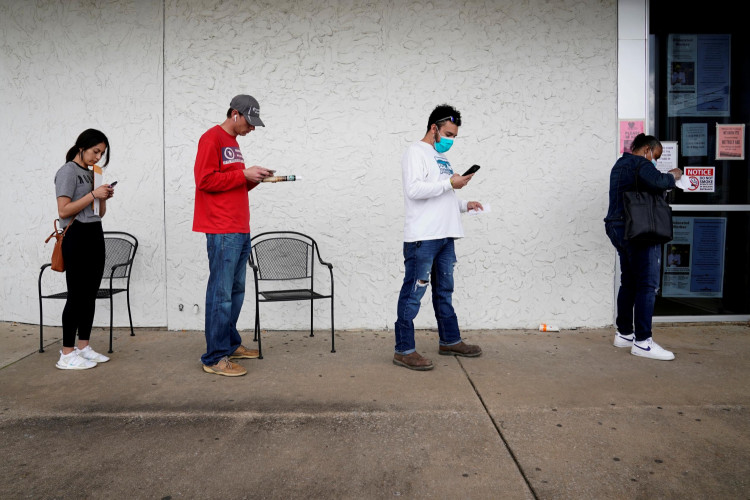Weekly jobless claims in the United States edged lower last week, signaling continued labor market resilience even as sweeping federal job cuts tied to the Trump administration's government downsizing initiative begin to take hold. The Department of Labor reported Thursday that initial claims for state unemployment benefits declined by 1,000 to a seasonally adjusted 224,000 for the week ending March 22, roughly in line with economist expectations.
The report followed the release of revised data covering 2020 through 2024, which included new seasonal adjustment factors for 2025. The four-week moving average of new claims also dipped, falling by 4,750 to 224,000, indicating a generally stable employment environment.
Continuing claims, which track the number of Americans receiving unemployment benefits after their first week of aid, fell by 25,000 to 1.856 million for the week ending March 15. That figure coincides with the reference period for the March unemployment rate, which economists expect to hold steady at 4.1%, according to survey data from the Conference Board showing slight improvement in consumer sentiment.
The broader jobless claims range-between 200,000 and 250,000 weekly-has remained relatively consistent for several years and is viewed by analysts as indicative of a strong labor market. Still, looming federal job cuts may alter that picture in coming weeks.
Under the direction of Health and Human Services Secretary Robert F. Kennedy Jr. and the Department of Government Efficiency (DOGE), led by Elon Musk, the Trump administration has begun executing mass layoffs across federal agencies. The February jobs report showed a loss of 10,000 federal positions, the most since June 2022, with additional cuts expected in March.
The effects of those cuts have yet to be fully captured in jobless claims, although filings in the Washington D.C. metro area-including Maryland and Virginia-have risen. That increase is believed to reflect layoffs among government contractors and employees tied to federal programs.
Thousands of federal workers have already been dismissed under DOGE, including many probationary employees. While two federal court rulings have temporarily reinstated some of those workers, many remain on administrative leave and are thus ineligible to apply for unemployment benefits.
Despite these federal employment reductions, the private labor market has shown durability. In February, employers added 151,000 jobs, a solid figure even as some major corporations initiated cutbacks. High-profile layoffs have been announced this year by companies such as Meta, Workday, CNN, Starbucks, Southwest Airlines, and Dow.






